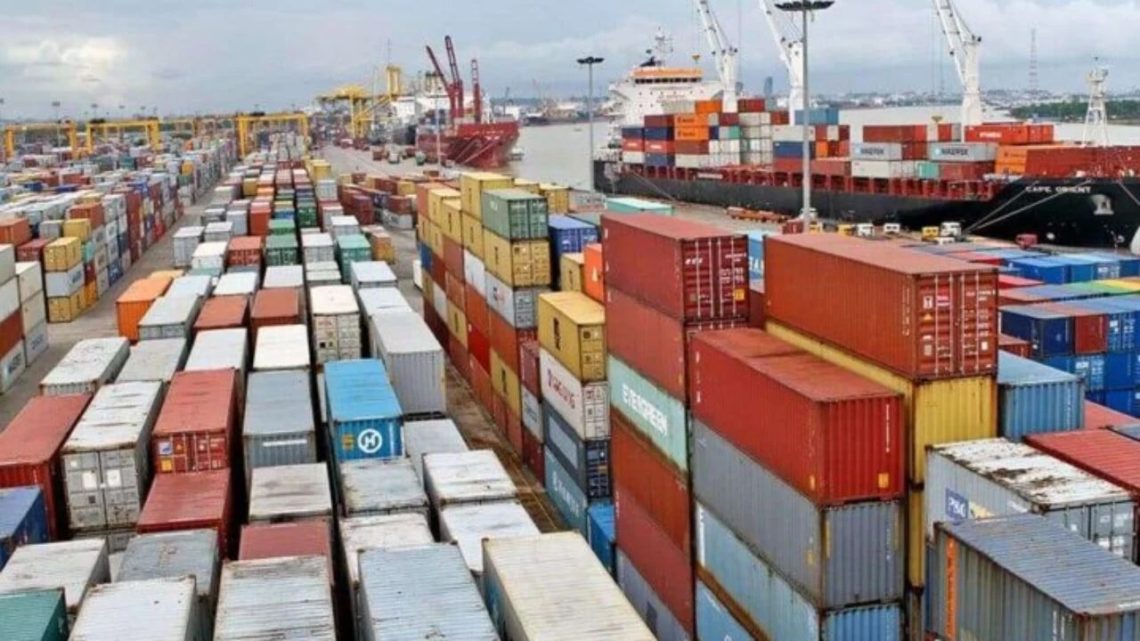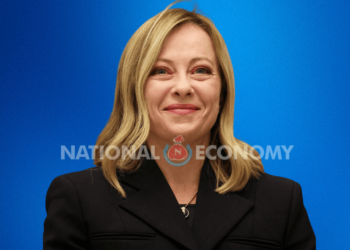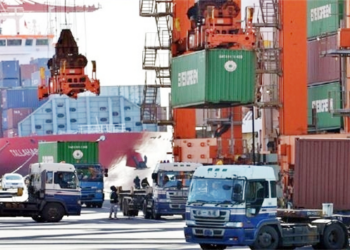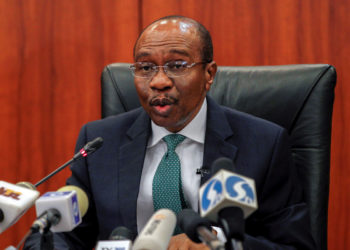Over the years, stakeholders have called for the revitalisation of the eastern ports. They have expressed worry over continuous overdependence on Lagos ports -Apapa and Tin-Can for importation of cargoes into the country.
Though, some school of thought have argued that the over-concentration of cargoes to Lagos ports was a deliberate effort by the government to under develop the region.
But, recent visit by the managing director of the Nigerian Ports Authority (NPA), Mohammed Bello-Koko, had shown that low ship traffic to the Eastern port was due to vandalisation of channels’ furniture by locals, high siltation among others.
The MD, however, expressed readiness to revive the ports in the Eastern port, saying apart from security challenges, Eastern ports are saddled with infrastructure decay, long channel and its associated problem of dredging, vandalisation of channels’ furniture, problem of breakwaters and high siltation .
Inferring that over the decades the ports have generated revenue without reinvestment in infrastructure upgrade, Bello-Koko said that with the security problem only few and smaller vessels are ready to risk coming to the East. This explains the high cost of shipping associated with their coming.
According to him, “the Calabar port has the longest channel with over a 108 kilometres from the fairway buoy to the port; Rivers port is over 69 kilometers, so the cost of dredging those channels is expensive but we are dredging them. Some of the ports are very old. Rivers ports is over one hundred years old and the engineering designs used in constructing some of them are obsolete. The Warri Port breakwaters has problems and the siltation is high and it also has security problem because of the length of channel.”
The NPA boss said the community people vandalise and scrap some of the channel furniture for pittance. They sell them for between N500,000 and N1million as against millions of dollars paid for them. This is a problem to the channels and the vessels coming to the ports can run into crisis with the removal of those items.
He also disclosed readiness to increase tariff relief by as much as 30 percent for service providers, as part of the management’s approach to attract more vessel and cargo traffic to the Eastern ports.
He explained that the proposed move is being considered having observed that a similar concession of a 10 percent rebate granted by the Authority to terminal operators some years back failed to yield the desired result, as shipping traffic to these ports witnessed no significant growth.
According to him, the authority is already considering the proposal for a 30 percent tariff rebate being sought by the terminal operators at these Ports. He however warned that such a request would not be automatic but conditional.
The tariff relief that we will provide will be based on commensurate impact it will have on cargo and vessel traffic, he stressed.
“Some years ago, we have provided tariff discounts, a kind of rebate, but that didn’t bring the expected impact on traffic into the port. We are reviewing the request from the terminal operators for a 30 percent discount but we need to make it clear that we won’t just give a rebate without some conditions.
“Discussions have started, it might be lower or higher than 30 percent, we also will adopt a timeline. For instance, we might say this relief is for a year and let’s see the impact. We wouldn’t want to give a tariff discount to a terminal operator, who, for instance, brings in four vessels in a month and even with the rebate, he still brings in the same four or even fewer vessels. That is not what we want.”
“We want to see increased activities at the ports and we want to encourage more cargo coming to the Eastern ports. Some of the terminals are now involved in the processing of exports, which is very key and important for us as an Authority, it is also necessary for Nigeria to export more agro-products and locally produced goods, these are part of the things that will guide the amount of tariff relief we give to our terminal operators.”
“Most of the ports in the East, their problem is the draught of the channel and that is what we are looking at. It is not just to reconstruct the quays, we also need to dredge deeper so that bigger vessels can come in and the economy of scale will set in and then you will be able to attract more cargo volumes.
We are beginning to see increased activities in Onne and we are determined to replicate this in other ports along the Eastern corridor,” the NPA MD said.
Also, to ensure ease of doing business, the NPA boss flagged off the construction of the 4.5 kilometers access road ‘D’ at the Federal Ocean Terminal in Onne Port Complex to ease the movement of cargo in and out of the port.
The 4.5 kilometers long road, which would be built with street lights and other complementary facilities, would be delivered within a 10 months period.
According to Bello-Koko, the road was part of the port expansion plan of phase 4B that was awarded to the Deep Offshore, saying the cost of the project was part of the total port rehabilitation that was awarded long ago but was suspended due to some reasons.
“The road is the main artery into the Onne Port, and we have witnessed a large increase in terms of cargo and other businesses. We felt it was time we ask the contractor to go back to the site. This will ease movement into the port. While we are complaining about the roads outside the port, which is outside our purview, we want to make sure that the roads in the port are in good condition,” he said.
However, the president of Shipping Trade Practitioners Association (STPA), Isreal Oyina, called on the government at the Rivers Ports’ Stakeholders’ Forum to not only introduce rebate relief on harbor dues but spread it across board to encourage both export and import, he condemned the monopoly of berth 5 and 6 by BUA Terminal Limited for their industrial use which forces commercial vessels to move to Bonny terminal and berth for cargoes destined for Port Harcourt market.
BUA Terminal Limited has four berths but berth 7 and 8 are not functional and are awaiting rehabilitation with engineering designs already completed awaiting site construction approval from NPA.
The security challenge in the region has impaired night sailing and makes it imperative that NPA has to provide accommodation for pilots in event that they arrive late.
Speaking in Onne Port Harcourt stakeholders’ forum, Mr. Kassim Adebisi of Shipping Trade group, complained that some government agencies were not complying with the joint boarding of vessels rules.
In his words:”Some of the agencies don’t comply with the joint boarding of vessels lately. The essence of this is to make vessels’ turn around seamless and fast. We have appealed to some of boarding agencies individually but they would not budge.
“We call on NPA and NIMASA to reduce their terminal charges via a review because it can scare vessels to other ports. If you take a boat ride on the channel you will be amazed at the number of vessels posturing to call at other ports as a result of high tariff. NPA also need to talk to INTELs Services Limited to review their tariff downwards,” Adebisi stated.





